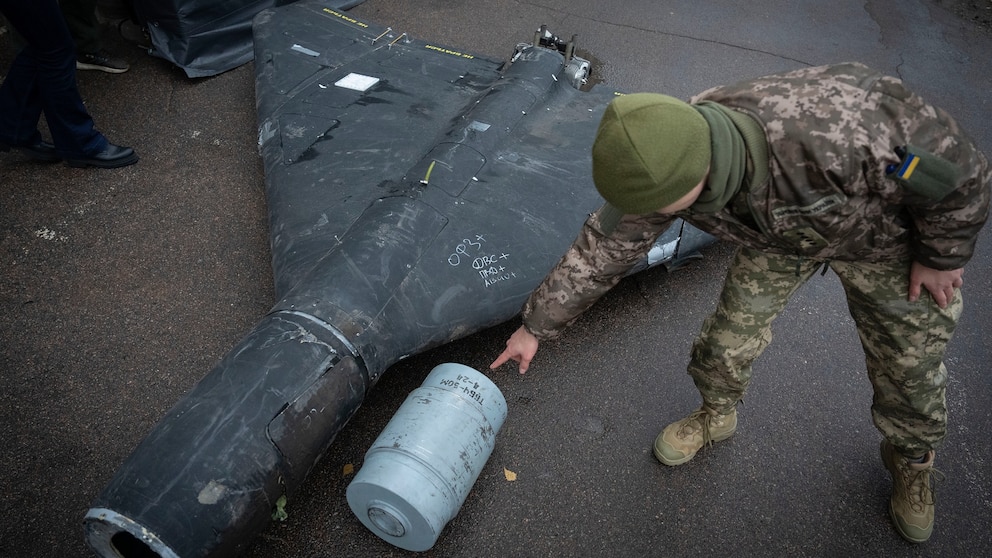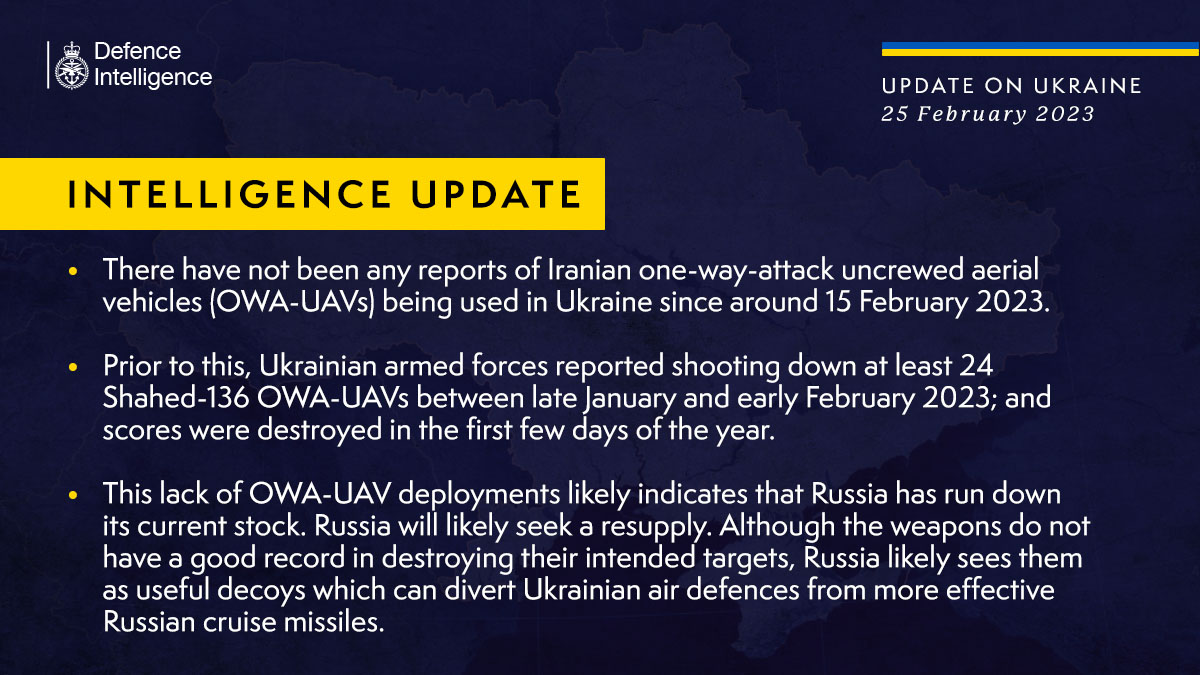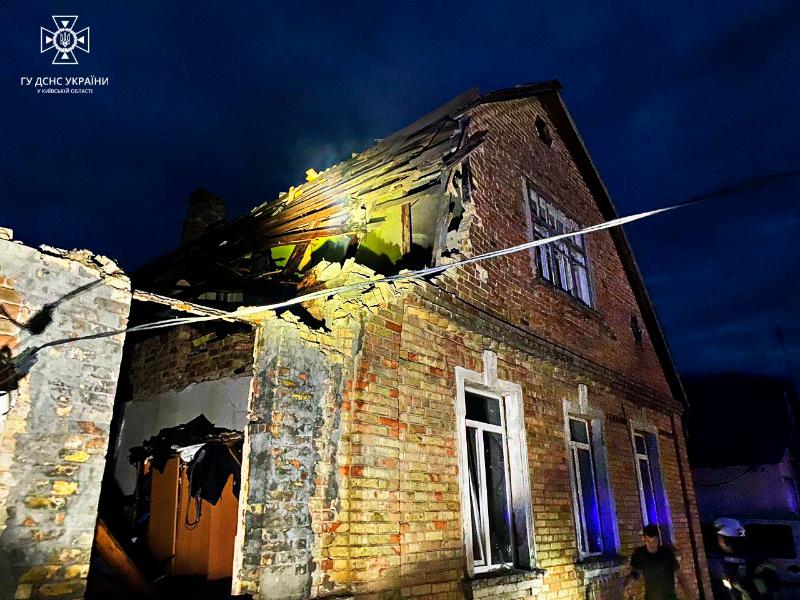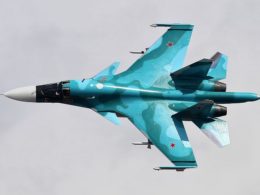Military expert and Defense Express development director Valerii Riabykh says Russia is experimenting with weapons of mass destruction, signaling an escalation of its terrorist tactics, according to Espreso.
Russian forces have deployed Iranian-designed Shahed kamikaze drones equipped with CS gas, a banned chemical weapon, to attack Ukrainian troops and civilians. The Center for Countering Disinformation verified that Russian drones carry capsules containing CS gas (2-chlorobenzalmalononitrile), a highly toxic riot control agent prohibited under the 1925 Geneva Protocol when used in warfare. While Ukrainian authorities confirmed the presence of CS gas in drone-mounted dispensers, they clarified that claims about drones being coated with toxic substances remain unverified.
"The Russians are now experimenting with weapons of mass destruction, and this is a very serious signal that demands an immediate response. It also indicates a refinement of Russia's terrorist methods," says Riabykh.
He recalls that Ukraine previously observed Russia using thermobaric warheads, which are particularly deadly for civilians, as even the "two-wall rule" offers no protection against their effects.
Russia’s new thermobaric warheads in Shaheds prompt urgent safety measures in Ukraine
Riabykh also warns that the Russian army is now testing poisonous substances, likely targeting specific towns or facilities to gauge their effectiveness and their potential to pressure the Ukrainian population and leadership.
"In any case, people should stay away from debris from Shahed drones and immediately alert specialists. Even if these drones do not contain toxic chemicals, they are still highly dangerous, as they were specifically designed to harm people," he emphasizes.
Earlier, Ukraine’s State Emergency Service reported that Russia begun using drones over Ukrainian territory to scatter explosive devices.
The device resembles a 40 cm-long cylinder with grooves designed to produce shrapnel upon detonation. In one location, 16 such cylinders were found—only one had exploded, and the rest remain under investigation.





